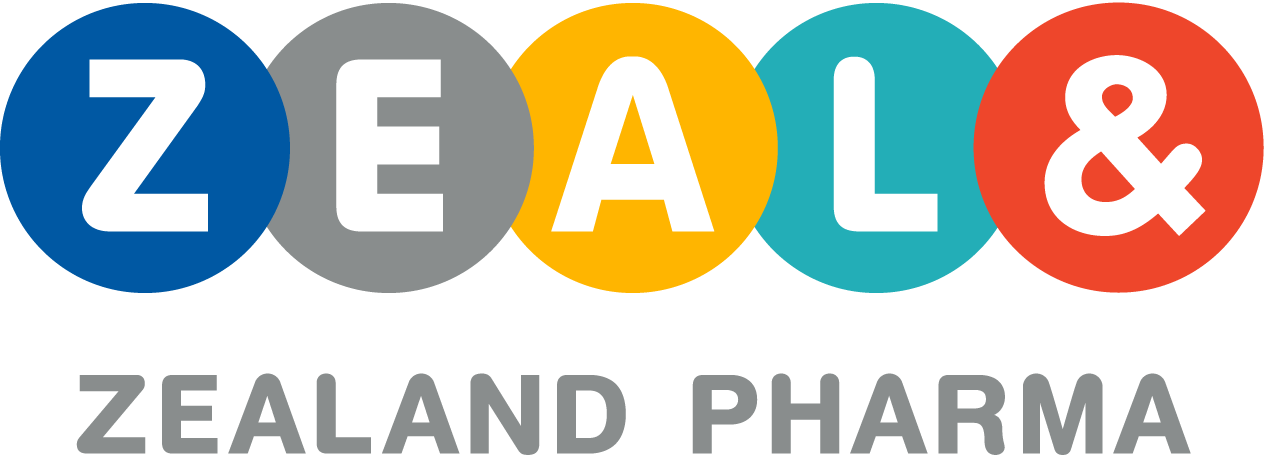Dasiglucagon for Bi-Hormonal Artificial Pancreas Systems
People with type 1 diabetes have both an absolute deficiency of insulin and impaired release of glucagon, especially during hypoglycemia. Balancing the effect of these two key hormones is important to ensure stable and healthy blood glucose levels.
Dasiglucagon is in clinical development for use in investigational bi-hormonal artificial pancreas (BHAP) systems containing both insulin and dasiglucagon.
Dasiglucagon for BHAP systems is an investigational candidate and has not been approved by the U.S. Food & Drug Administration (“FDA”). In March 2021, the U.S. FDA approved dasiglucagon for the treatment of severe hypoglycemia. The safety and effectiveness for dasiglucagon for BHAP has not been established.
Collaboration with Beta Bionics
In 2016, Zealand entered into collaboration with Beta Bionics, Inc., a medical technology company leveraging lifelong, machine-learning, artificial intelligence to develop and commercialize the world’s first autonomous bionic pancreas. The partnership aims to combine product rights from each party to advance a new dual-hormonal artificial pancreas system. Such a system has the potential to offer people with diabetes on insulin therapy more efficacious, safer and easier blood sugar control for better long-term disease management and outcomes.
The system under the collaboration is based on an advanced artificial pancreas platform technology, developed at Boston University, which has been integrated into a pocket-sized wearable medical device, called the iLet™. Boston University has granted an exclusive worldwide license of the iLet™ technology to Beta Bionics. The bionic pancreas technology in the iLet™ is designed for automated delivery of both insulin and glucagon and has been tested and refined for nearly 10 years in clinical trials.
Hypoglycemia and dual-hormone artificial pancreas
Hypoglycemia is a condition in which blood glucose drops to unsafe levels. It is most frequently associated with diabetes and primarily arises in people with type 1 diabetes and those with type 2 diabetes who are on insulin therapy. According to Decision Resources, all people with type 1 diabetes and approximately 20% of people with type 2 diabetes in the United States are treated with insulin.
Symptoms of a hypoglycemic episode include anxiety, sweating, tremors, palpitations, nausea, and pallor. In severe cases, hypoglycemia can lead to loss of consciousness, seizures, coma, and death. Severe hypoglycemia or “insulin shock” occurs when blood glucose levels become so low that the assistance of another person is required to treat the condition, which typically involves administration of intravenous glucose or glucagon injection. Severe hypoglycemia is classed as a diabetic emergency.
This often leads to over compensatory behavior where including a tendency for the diabetics tend to snack more than necessary, increase their blood glucose monitoring frequency and alter their basal insulin regimen, lowering the insulin dose to avoid hypoglycemia events.
According to the American Diabetes Association, hypoglycemia occurs frequently and the fear of another episode often leads to conservative insulin administration and poor glucose control (i.e., allowing blood glucose to remain higher than desired), which, in turn, increases risk of micro- and macrovascular complications (Diabetes Care. 2013, 36:1384–95).
It is also clear that people with type 1 diabetes who experience frequent hypoglycemia become unaware of the symptoms and are then predisposed to most severe expression of the condition because they do not feel the more, subtle impending signs. Many people with type 1 diabetes have hypoglycemia for several hours overnight, which, in itself, is dangerous, but which can also lead to hypoglycemic unawareness in the daytime. (Acta Diabetologica. 1998, 35:183–93) Furthermore, hypoglycemia is considered especially unsafe for children with type 1 diabetes under the age 6, who’s developing brains can be adversely affected by low blood sugars at a level which might not cause harm for the more mature brain. (Journal of Pediatrics. 1999, 134:492–98).


